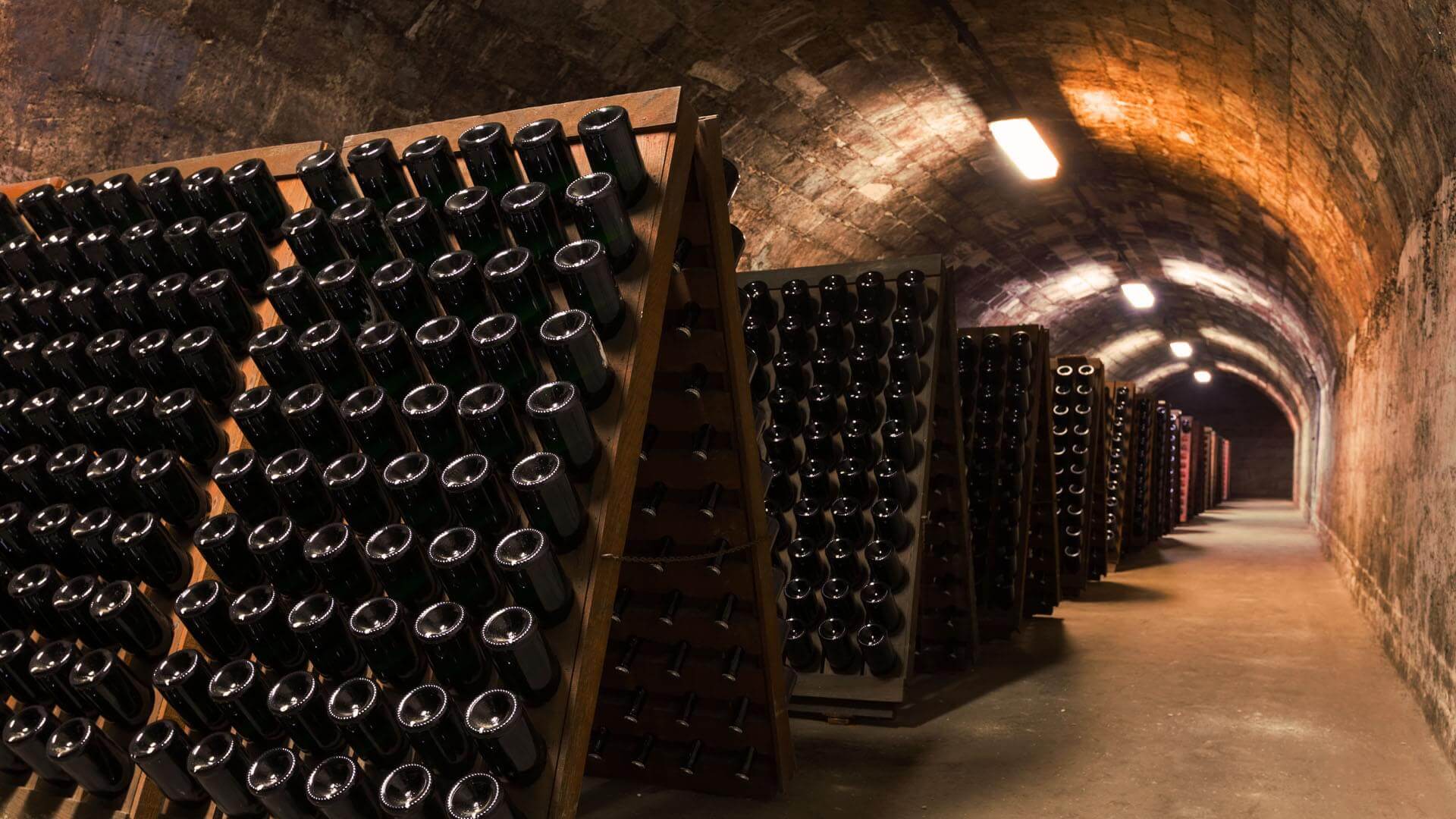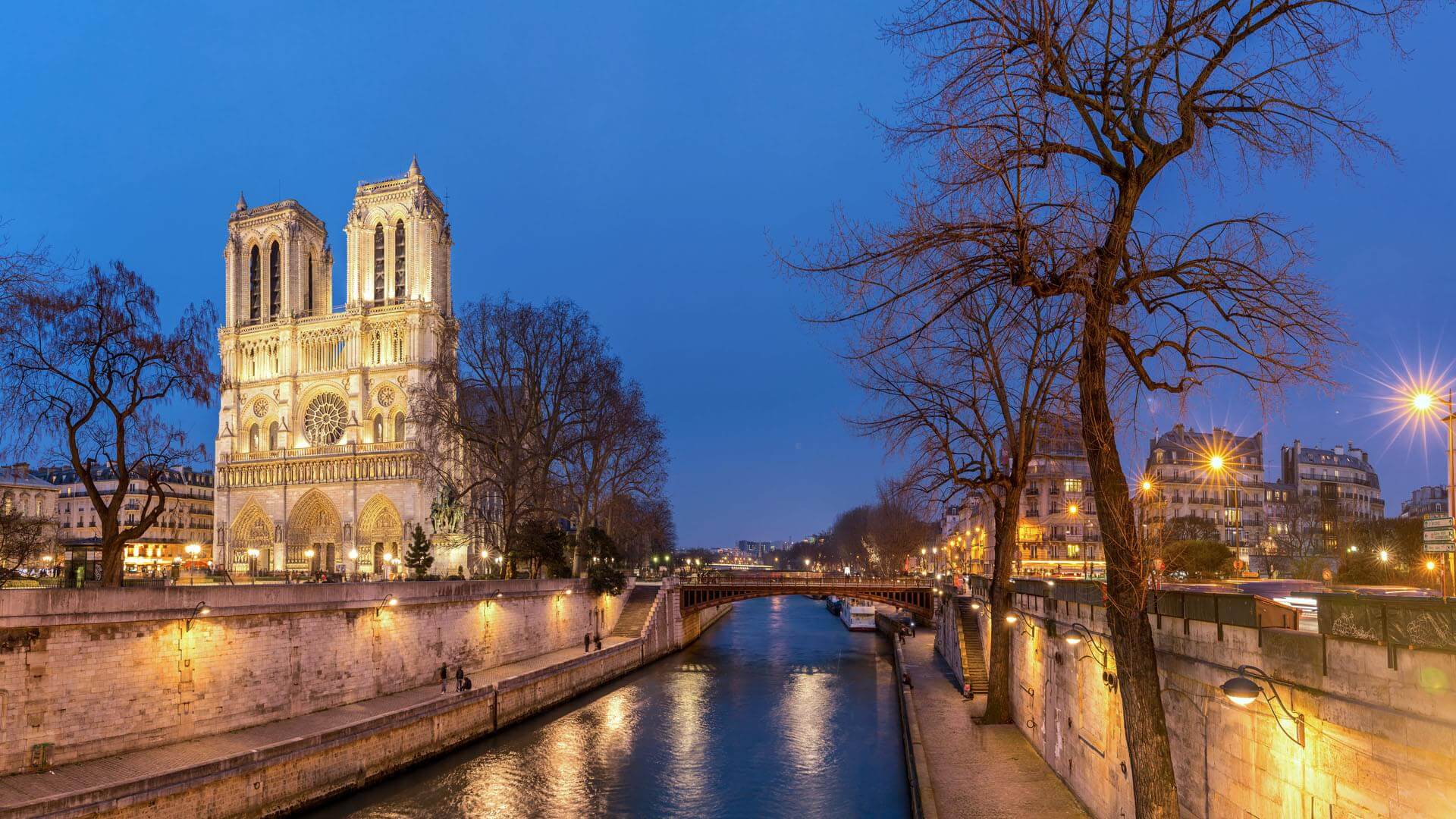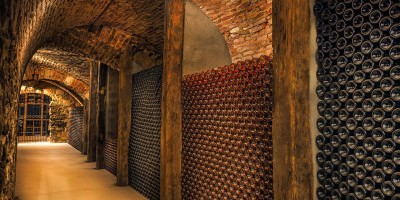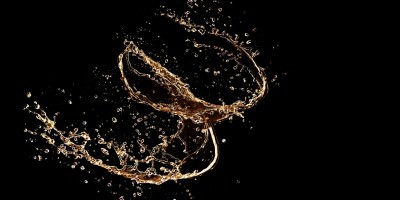The meaningful bubbles
About 150 km north-east of Paris lies one of the northernmost winemaking regions in Europe – Champagne. Here, on the chalk soil rich with limestone, grapes are grown and the unique wine is made. All over the world the winemakers try to associate their wine with the famous champagne. Many write the magical word “champagne” on their bottle collars, even though it is against the law and simply not true. One could copy the production technology and the traditional champagne method, but it’s impossible to reproduce the Champagne terroir or create an artificial replica of the soil.


Champagne’s amazing story began with a mistake. Right until the eighteenth century Champagne was known for quite regular wines. Winemakers in the harsh northern climate tried to ensure that wine fermented before it got too cold. They often failed, and the cold weather stopped fermentation before yeast absorbed all the sugar. When it became warm, wine started fermenting again. This was not a problem as long as the wine was sold in casks, but got quite difficult once glass bottles came into general use. In the casks, gas could disperse, but in the bottles, the secondary fermentation caused a truly carbonated wine which pushed the corks out, and thousands of bottles blew up.
Sparkling wine was an accident, but some merchants came to appreciate it, and soon enough they were asking their vendors to provide them with bottled champagne. The dealers of the region rather quickly surmised that a sweet drink with bubbles finds a ready sale with tasty prices, and focused on the sparkling wine once and for all. But another century passed before the producers mastered the champagne producing technique for good.
Champagne consists of five regions: Montagne de Reims, Côte des Blancs, Vallée de la Marne, Aube and Côte de Sézanne. The wine is usually made out of three grape varieties: Chardonnay, Pinot Noir and Pinot Meunier.
The champagne winemakers can be tenuously divided into two groups. World-known champagne houses with the century-old history – such as Moët et Chandon, Veuve Clicquot, Louis Roederer and others – make the first one. The second consists of the independent wine-growers who mostly make wine out of their own grapes, pay close attention to the quality and strive to underline the terroir – create true wine, not just a bubbly drink.
But let’s not assume that all independent winemakers always create a drink of higher quality – or, at least, a more interesting one, – than the big champagne houses. That’s not true at all.
Wines
- Grande Cuvee-Krug
- Champagne Tradition Le Mesnil-Alain Robert
- Initiale -Jacques Selosse
- Brut Rose -Andre Beaufort
- Rose-Krug
- Brut Rose-Serge Mathieu
- Brut Millesime-Serge Mathieu
- Millesime -Egly-Ouriet
- Ozanne -Michel Fallon
- Mesnillésime-Guy Charlemagne
- La Closerie Les Beguines-Jerome Prevost
- Roses de Jeanne-Cedric Bouchard
- Cuvee S Le Mesnil-Salon
- Cuvée Rosé Saignée de Sorbée-Vouette et Sorbee
- Cuvée Charlemagne-Guy Charlemagne
- L'Apotre 1er-David Leclapart
- L'Amateur 1er-David Leclapart
- 7 Crus-Agrapart & Fils
- Brut Prestige-Serge Mathieu
- Brut Select-Serge Mathieu
- Tradition-Serge Mathieu
- and 11 more wines...
Articles
Bubbles Revolution
This article hasn't been translated yet. But we're working on it.
About Champagne
This article hasn't been translated yet. But we're working on it.



0 Comments